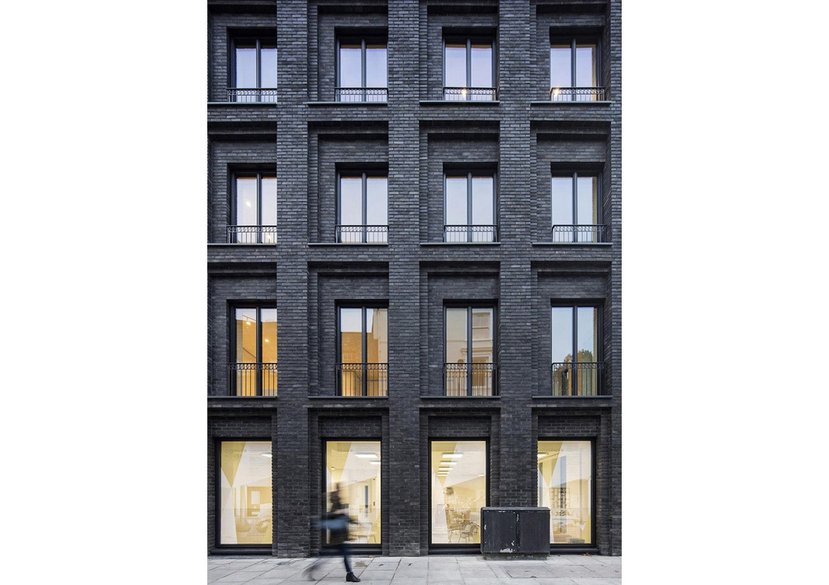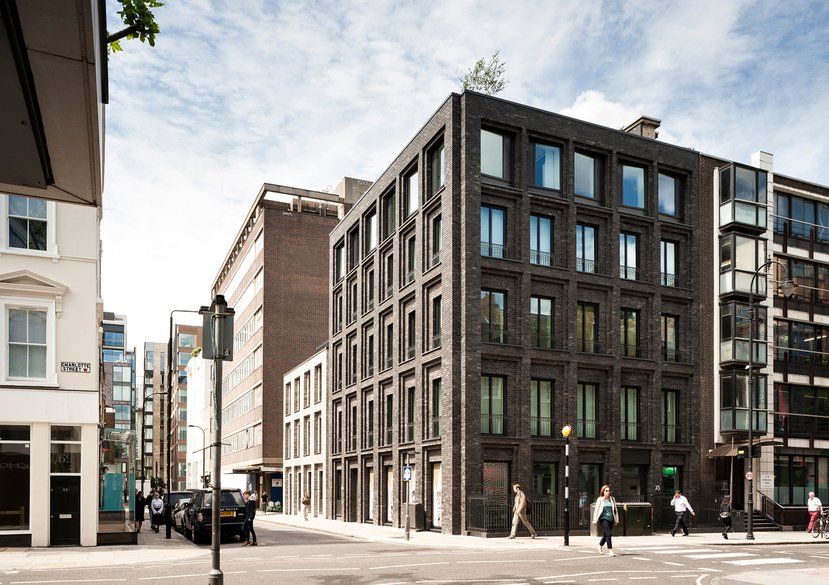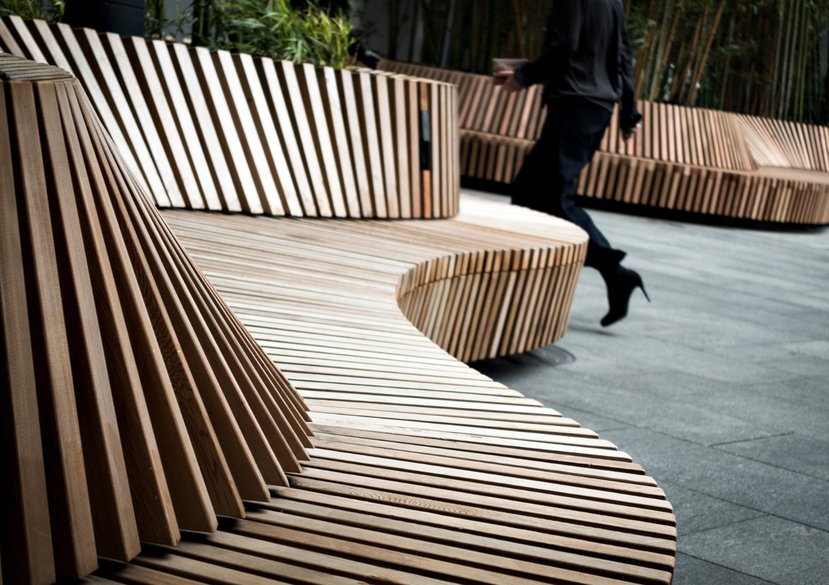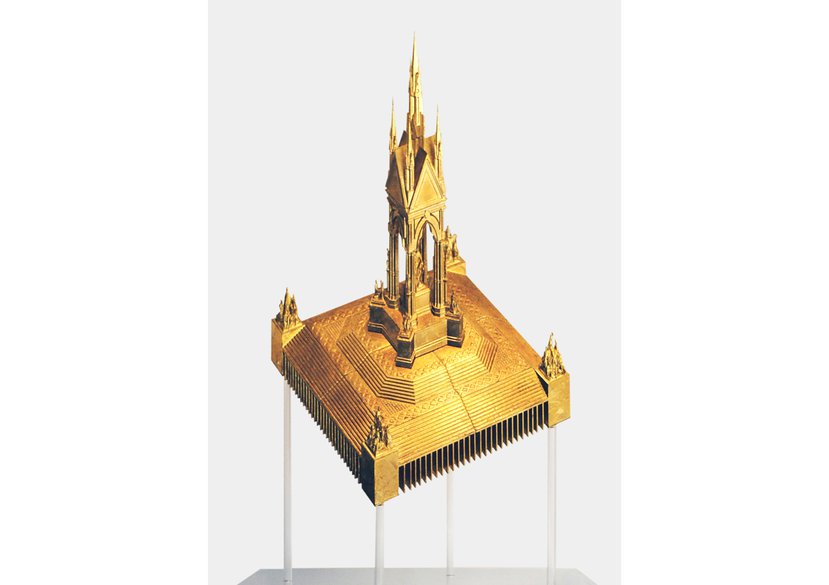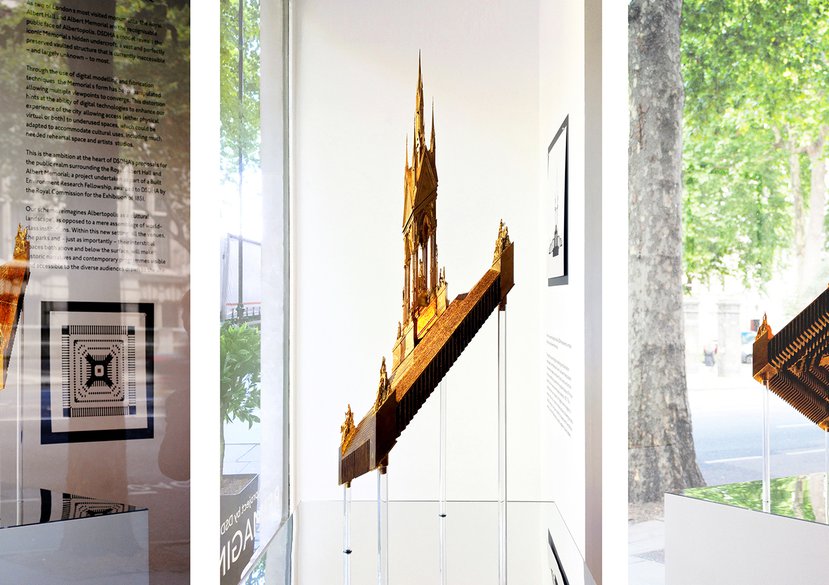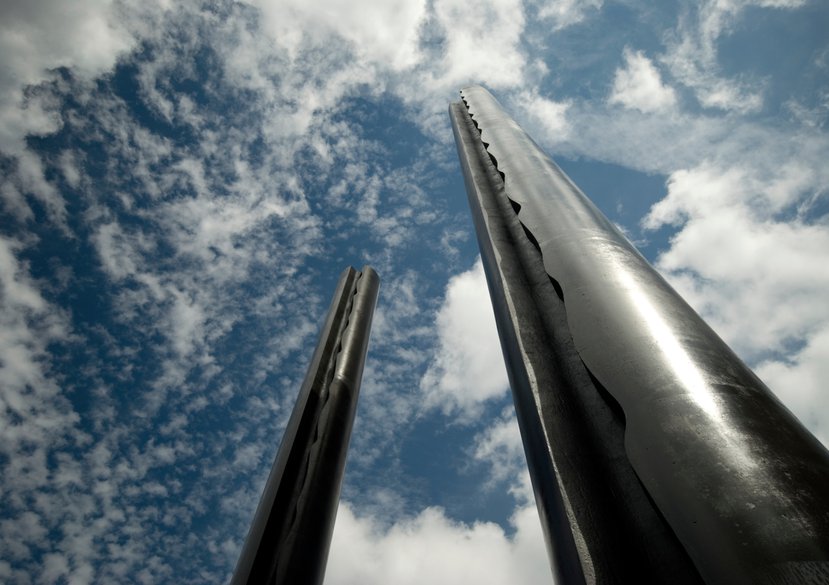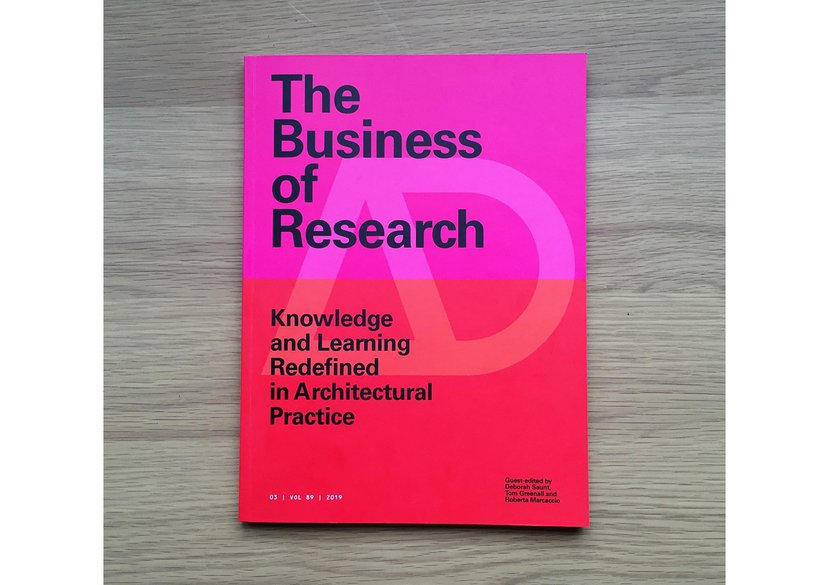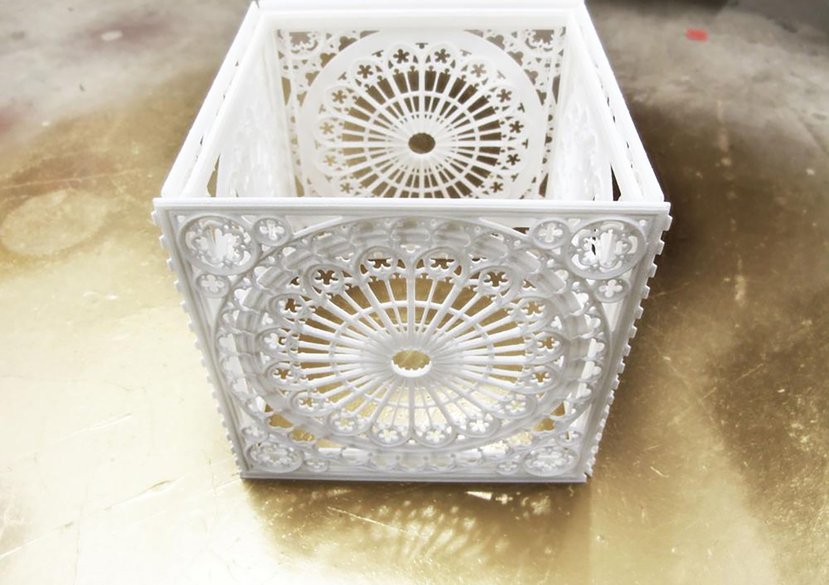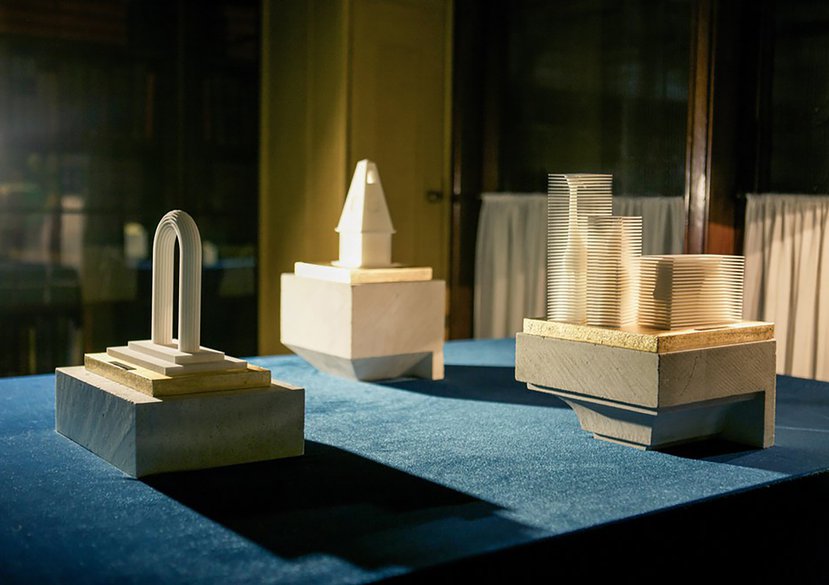
Tom Greenall is a London-based architect and Associate Director at DSDHA.
Tom is an architect and Associate Director at DSDHA. His practice-based experience covers a range of scales and sectors, from landscape design for the Royal Albert Hall to the masterplanning of Loughborough Junction, and from residential and office schemes in central London through to education projects in Sheffield and Doncaster.
Tom has taught Architectural Design Studio 4 (ADS4) at the RCA since 2011. He has also been a unit tutor at London Metropolitan University and visiting tutor at the Sandberg Institute in Amsterdam, where he was part of the founding faculty of an experimental, tuition free programme that offered a masters in the Design of Experiences.
Gallery
More information
Practice
Tom is an Associate Director at DSDHA – a London-based architecture, urban design and research studio – where has has worked for the past 15-years. The studio has an internationally acclaimed body of work that has been recognised with 19 RIBA Awards to date and has twice been nominated for the European Union Mies van der Rohe Prize for Contemporary Architecture. The studio has twice been awarded Research Fellowships in the Built Environment by the Royal Commission for the Exhibition of 1851.
The studio’s projects span from macro-scaled urban strategies and infrastructure studies through to highly acclaimed individual crafted buildings, which celebrate the act of making and materiality within architecture. These projects have evolved through a unique design methodology that deploys tactics developed across 15 years of parallel research in academia and on the ground.
Between 2009 and 2010, Tom collaborated with architectural practice SCDLP and director Michael Hunt on a production of Fidelio, Beethoven’s only opera. The site-specific piece was performed by the Perm State Opera and Ballet Company – one of Russia’s oldest and most important opera houses – in Perm-36, a former Russian Gulag camp and UNESCO World Heritage Site. The production was awarded the Perm Regional Prize for Arts and Culture in June 2011.
Research interests
Through his work at DSDHA, Tom has twice been awarded the Research Fellowship in the Built Environment by the Royal Commission for the Exhibition of 1851, in 2010 and then in 2016. The first grant supported the development of conceptual ideas for the Commission’s legacy estate in South Kensington, which then eventually turned into a public realm project for the Royal Albert Hall (currently under development). The second grant involved a study on how to better integrate cycling infrastructure in London’s public spaces.
Tom’s research continues to focus on the urban design and the implications of technology on the evolution of public space. This research was published in a recent issue of AD Magazine, titled ‘The Business of Research: Knowledge and Learning Redefined in Architectural Practice’. This bought together a collection of acclaimed practices from around the world to provide a survey of the emerging landscape of practice-based architectural research, which Tom guest edited together with Deborah Saunt and Roberta Marcaccio.
Current and recent projects
The Business of Research: Knowledge and Learning Redefined in Architectural Practice
As guest editors for the internationally renowned journal Architectural Design (AD), Deborah Saunt, Tom Greenall and Roberta Marcaccio have brought together acclaimed practices and writers from around the world to question what research means within the practice of architecture. Exploring the emerging landscape of practice-based architectural research, contributors ask how academia and the wider public can both participate and benefit from the shifts happening within practice.
Sharing the Beautiful Everyday Journey
In late 2015, Thomas Greenall, Ellen Hadden, Astrid Bois d’Enghien and Roberta Marcaccio (of DSDHA) were awarded a two-year Built Environment research fellowship by the Royal Commission for the Exhibition of 1851 to research the integration of cycling infrastructure into London’s streets.
Through a combination of first-hand observation and grounded research, a review of existing cycling design guidance and analysis of exemplar schemes from London and across the globe, we developed a toolkit for urban designers to both design and assess the design of cycling infrastructure, with a specific focus on the design of shared spaces.
Publications, exhibitions and other outcomes
Publications:
The Business of Research: Knowledge and Learning Redefined in Architectural Practice. AD Magazine, Wiley, April 2019 (Guest Editor).
Future Now: 100 Contemporary Artists from the Aesthetica Art Prize, 2018. (Contributed essay)
Darkitecture: Learning Architecture for the 21st Century. Two Little Boys, 2013. (Contributed essay)
Exhibitions:
Null Island – an exhibition of the work of ADS4 (2019) – Sluice Gallery, Hackney.
Other Stories: Alternative Perspectives on Design (2017) – Part of the London Design Festival.
Included in the ‘Monumental Masonry’ exhibition – Sir John Soane’s Museum (2015)
External collaborations
Collaboration is a core feature of Tom’s work at DSDHA. In 2015, Tom collaborated with LDA Design (landscape) and Turner Prize nominated artist Nathan Coley on a design for Portsmouth Historic Dockyard.
Between 2009 and 2010, Tom collaborated with architectural practice SCDLP and director Michael Hunt on a production of Fidelio, Beethoven’s only opera. The site-specific piece was performed by the Perm State Opera and Ballet Company – one of Russia’s oldest and most important opera houses – in Perm-36, a former Russian Gulag camp and UNESCO World Heritage Site. The production was awarded the Perm Regional Prize for Arts and Culture in June 2011.
Since 2011, Tom has been working with both the Royal Albert Hall and the Royal Commission for the Exhibition of 1851 on an urban design scheme to transform the space between the Hall and Albert Memorial.
He is currently Chair of the Wandsworth Design Review Panel.
Awards/grants
Research Fellowship in the Built Environment (2016-2018), awarded by the Royal Commission for the Exhibition of 1851.
